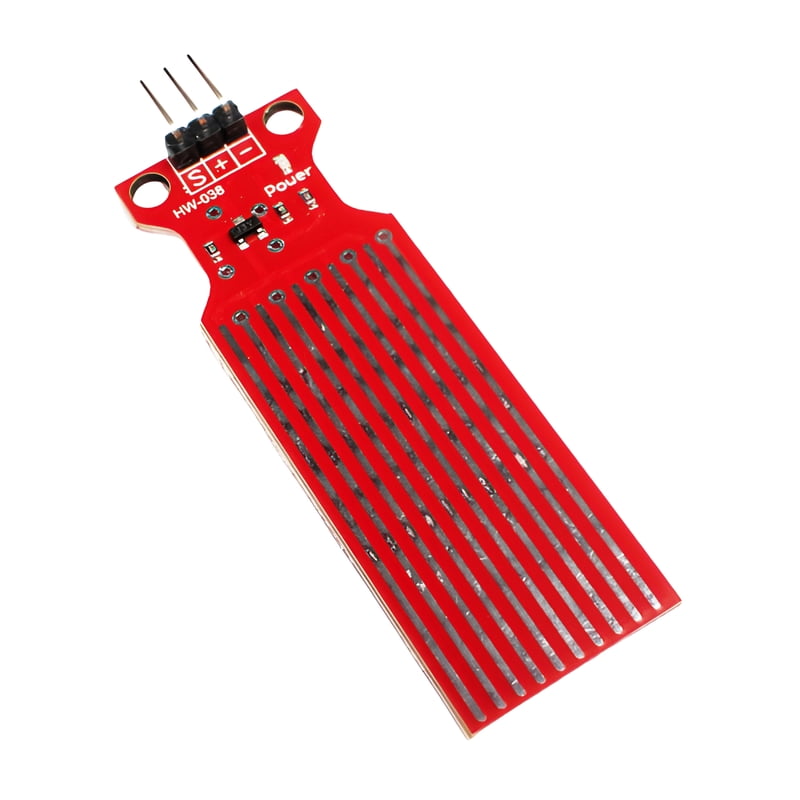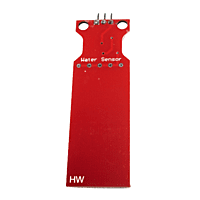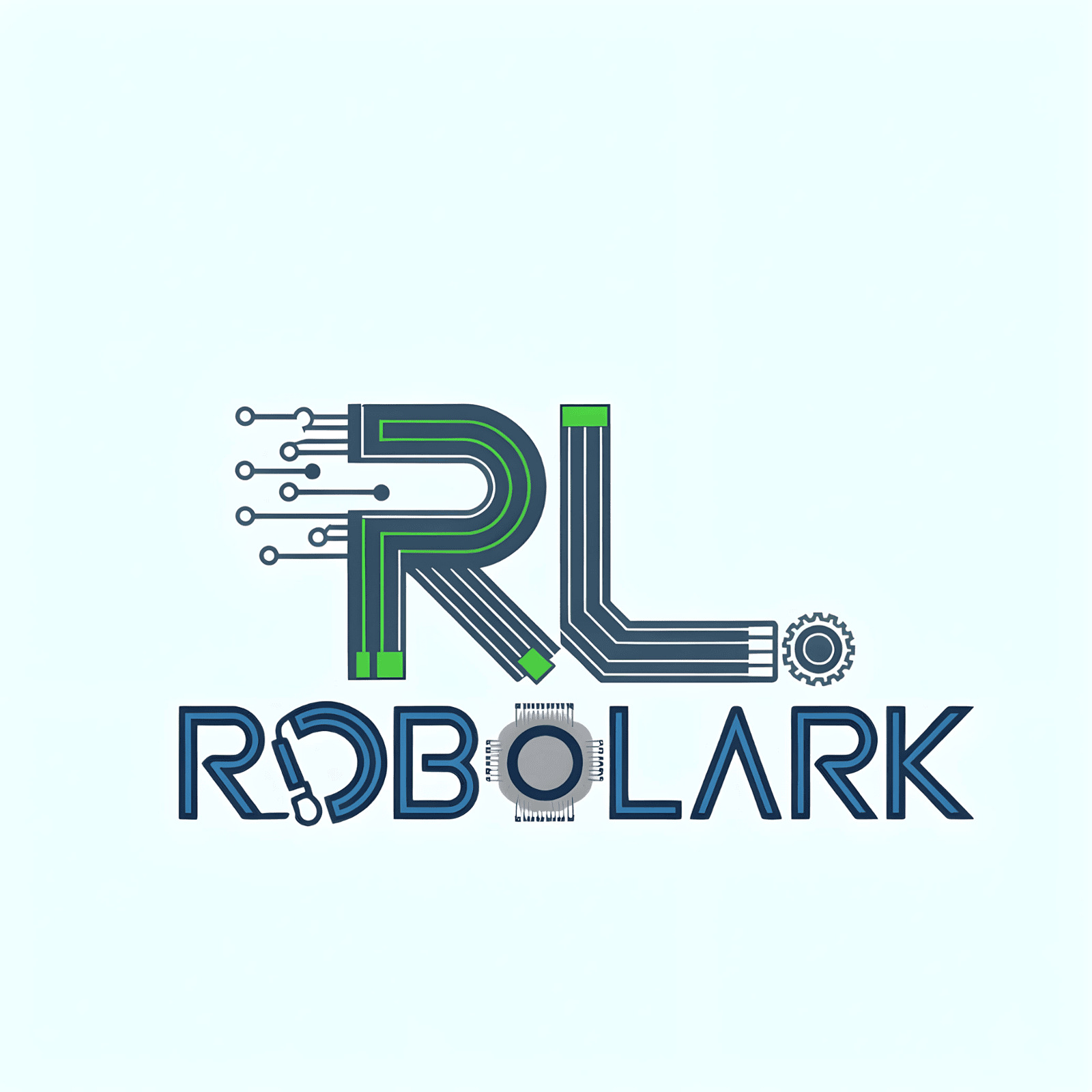





Water Level Depth Detection Sensor
Product Details
Working Principle: Water level depth detection sensor probes utilize different working principles to measure water levels accurately. Common principles include:
- Pressure Sensors: These sensors measure the pressure exerted by the water column above them. The pressure is converted into a depth measurement.
- Ultrasonic Sensors: Ultrasonic sensors emit sound waves and measure the time it takes for the waves to bounce back from the water surface. This time measurement is used to calculate the water level.
- Capacitive Sensors: Capacitive sensors detect changes in capacitance caused by the presence of water. As the water level changes, so does the capacitance, providing a depth measurement.
Accuracy: The accuracy of a water level depth detection sensor probe is crucial, especially in applications like flood monitoring, water resource management, and industrial processes. High-precision sensors are available for applications that require precise measurements.
Measuring Range: Sensors can have different measuring ranges, from a few centimeters to several meters or more. The choice of sensor depends on the specific application and the depth of water you need to measure.
Output Signal: Sensors typically provide analog or digital output signals. Analog signals may include voltage or current proportional to the water level, while digital sensors provide discrete values or a digital interface like RS-485 or Modbus.
Materials: The materials used in the construction of the sensor probe should be corrosion-resistant and suitable for immersion in water. Common materials include stainless steel, PVC, and other plastics.
Installation: Proper installation is essential for accurate water level measurements. Sensor probes can be installed in various ways, such as submersible probes, float-based sensors, or sensors mounted on a well or borehole.
Applications: Water level depth detection sensor probes are used in a wide range of applications, including:
- Monitoring water levels in rivers, lakes, and reservoirs
- Groundwater monitoring and well level measurement
- Flood monitoring and early warning systems
- Tank level measurement in industrial processes
- Irrigation system control and management
- Environmental monitoring and research


